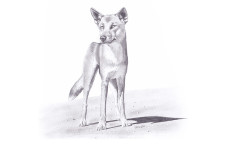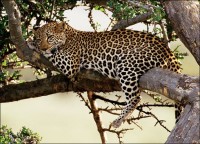The Lava Affair – SKUNK BEAR/NPR (2015)
Continents float on a massive ocean of magma and lava is what we observe when it reaches to the surface. The first technical description of lava flow comes from the Greek geographer Strabo in his book. He describes the Katakekaumene, which means the “burnt country” referring to a region of around 1,800 km2 in western Anatolia. The region harbors a dormant volcanic belt within the town of Kula which has been declared as a UNESCO World Heritage Site. The volcanism […]

















Recent Comments